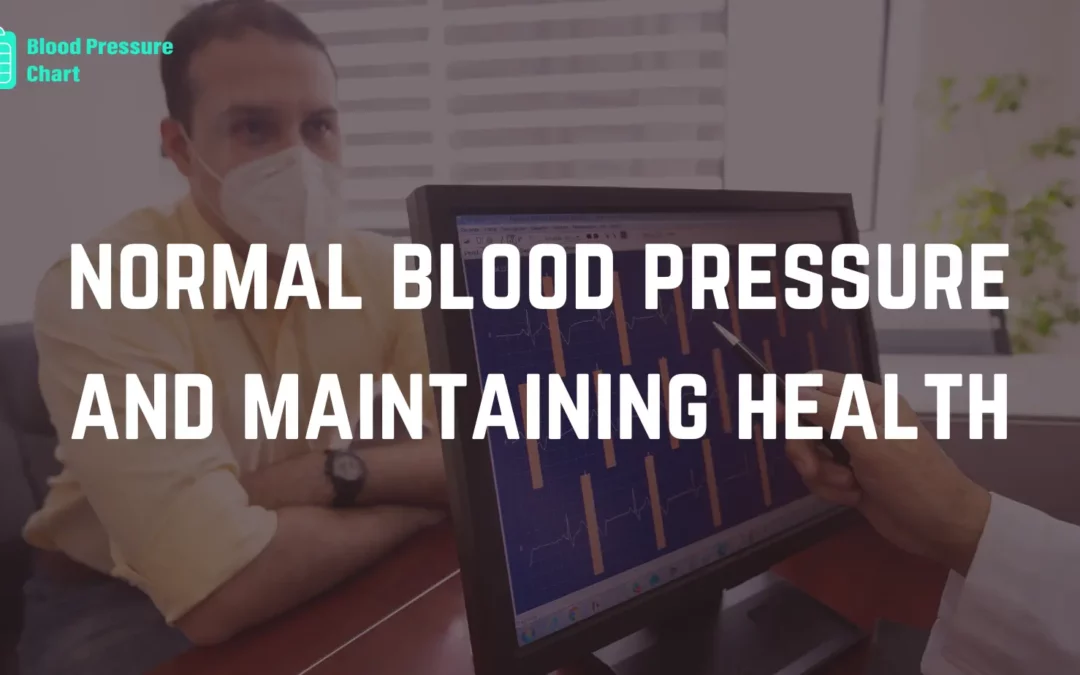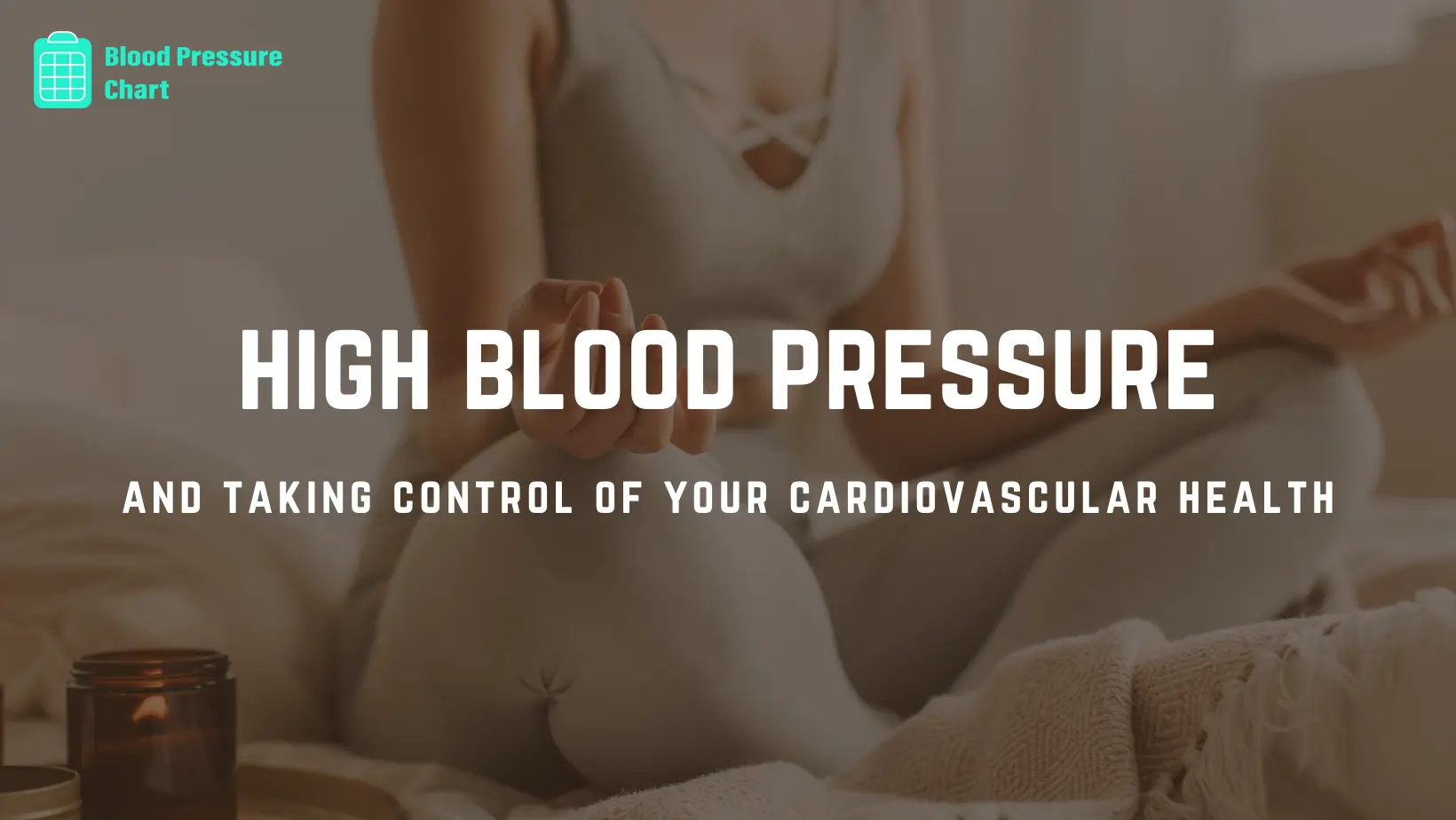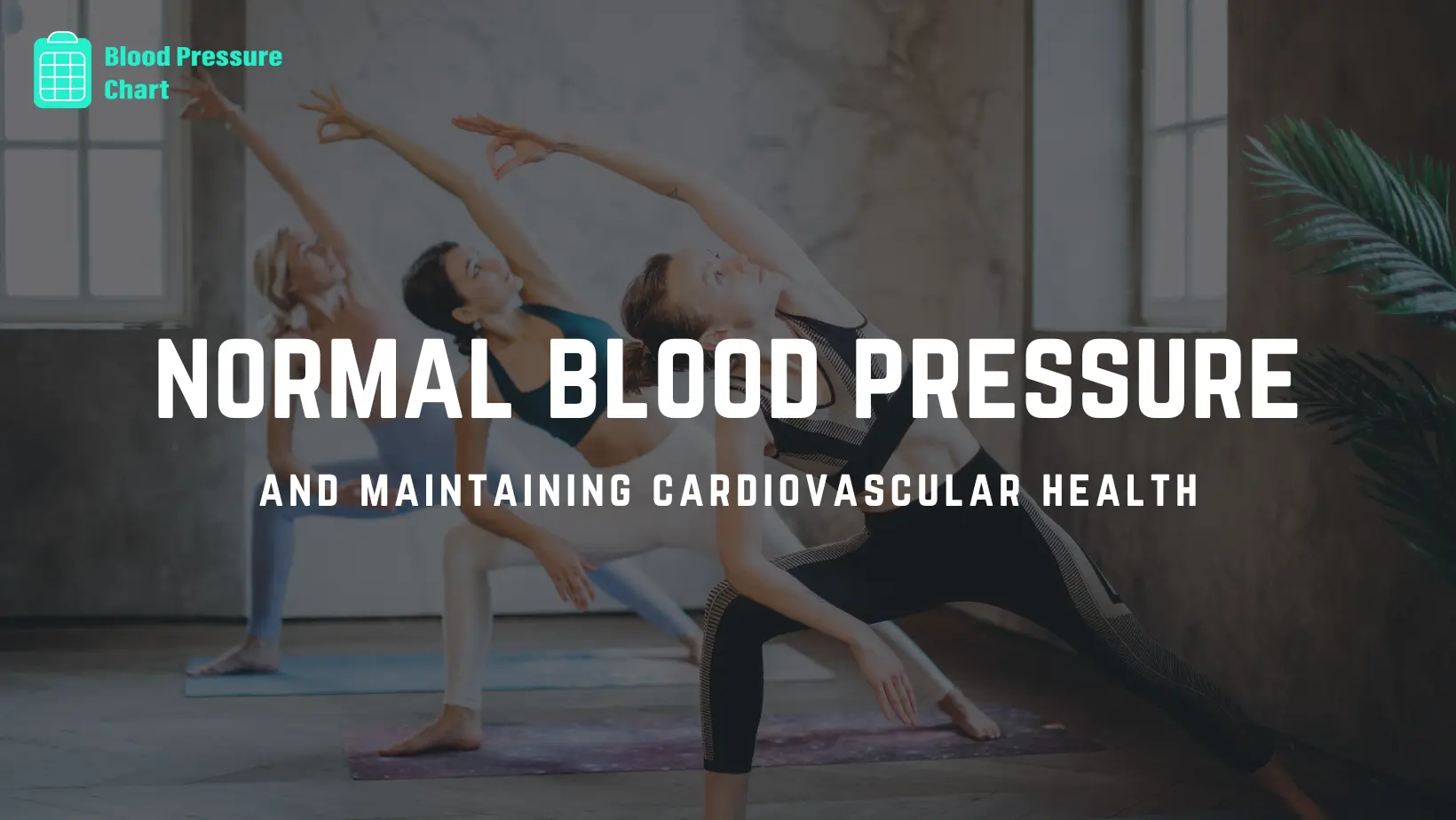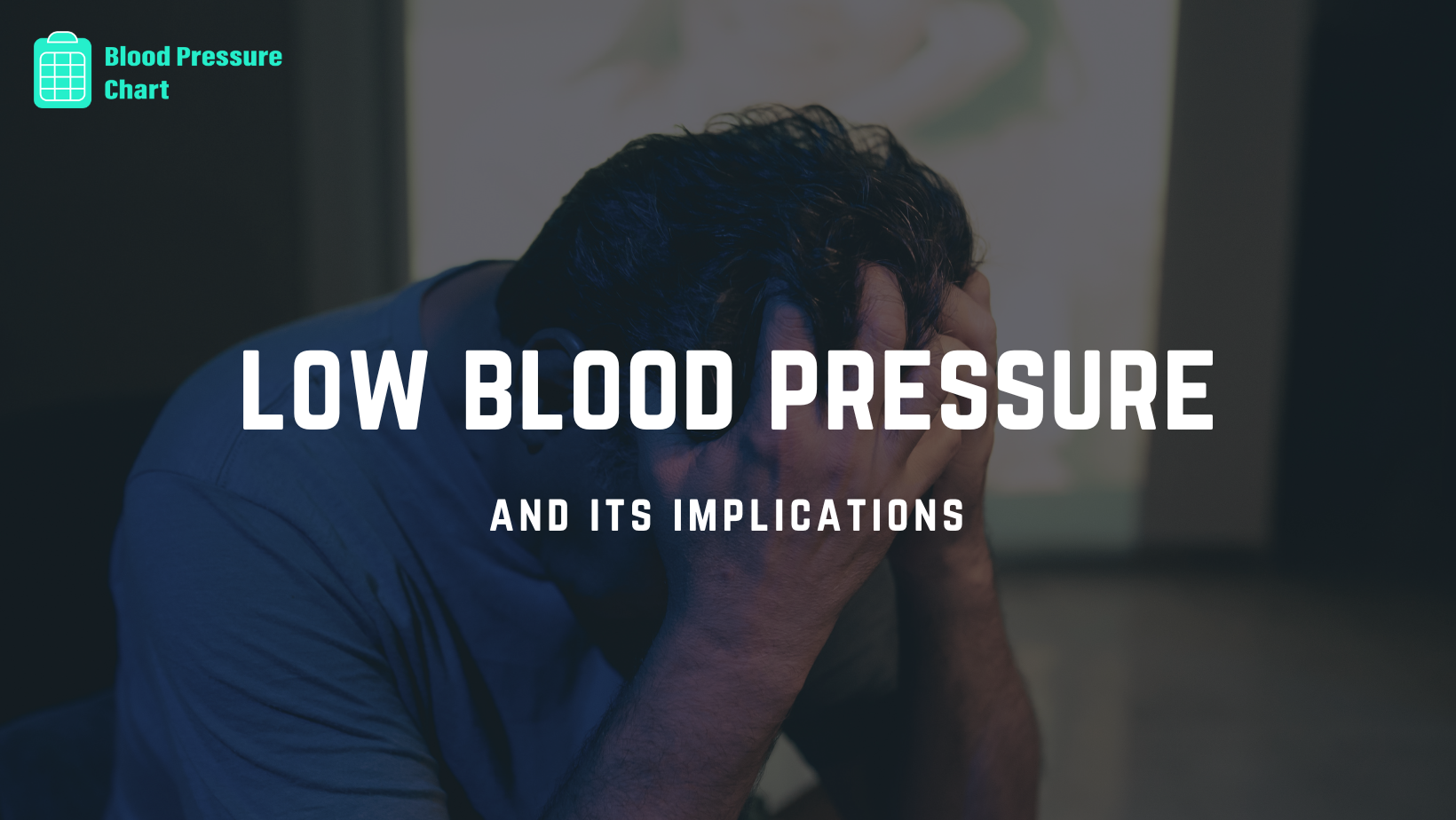High blood pressure affects millions of people worldwide yet often goes undetected until serious problems develop. Known medically as hypertension, this condition creates excessive pressure against your artery walls that can eventually damage your heart and blood...

High Blood Pressure: Causes, Effects, and Managing Your Heart Health
High blood pressure affects millions of people worldwide yet often goes undetected until serious problems develop. Known medically as hypertension, this condition creates excessive pressure against your artery walls that can eventually damage your heart and blood vessels.
What is High Blood Pressure?
Blood pressure is measured using two numbers:
- Systolic pressure (top number): The pressure when your heart beats and pushes blood through your arteries
- Diastolic pressure (bottom number): The pressure when your heart rests between beats
Normal blood pressure typically falls below 120/80 mmHg. When these numbers rise consistently above this range, you may have high blood pressure. Our detailed blood pressure charts can help you understand exactly where your readings fall on the spectrum.
Blood Pressure Categories
| Category | Systolic (mmHg) | Diastolic (mmHg) |
|---|---|---|
| Normal | Less than 120 | Less than 80 |
| Elevated | 120-129 | Less than 80 |
| Stage 1 Hypertension | 130-139 | 80-89 |
| Stage 2 Hypertension | 140 or higher | 90 or higher |
| Hypertensive Crisis | Higher than 180 | Higher than 120 |
Why High Blood Pressure is Called the “Silent Killer”
High blood pressure rarely causes noticeable symptoms in its early stages. Many people have the condition for years without knowing it. Meanwhile, the damage to blood vessels and the heart continues silently, which is why regular blood pressure monitoring is so crucial.
Who is at Risk for High Blood Pressure?
Several factors can increase your risk of developing high blood pressure:
Non-modifiable Risk Factors
- Age: Risk increases as you get older
- Family history: Hypertension often runs in families
- Race/ethnicity: African Americans develop high blood pressure more often than people of other racial backgrounds
- Gender: Men are more likely to develop high blood pressure before age 55, while women are more likely after menopause
Modifiable Risk Factors
- Unhealthy diet: Especially one high in sodium and low in potassium
- Physical inactivity: Lack of regular exercise
- Overweight/obesity: Excess weight requires more blood to supply oxygen and nutrients to tissues
- Excessive alcohol consumption: Regular heavy drinking
- Tobacco use: Smoking or chewing tobacco
- Stress: Ongoing stress can keep blood pressure elevated
Blood Pressure Variation by Age and Weight
Blood pressure tends to increase with age due to natural stiffening of blood vessels. However, this doesn’t mean high blood pressure is inevitable as you age.
Blood Pressure by Age
Children and teenagers typically have lower blood pressure than adults. For adults:
- 18-39 years: Ideal blood pressure is typically around 110-120/70-80 mmHg
- 40-59 years: Slight increases might occur, but should still remain below 120/80 mmHg
- 60+ years: Some increase is common, but readings should ideally stay below 130/80 mmHg
- Check our blood pressure chart by age for more information
Blood Pressure and Weight
Weight has a significant impact on blood pressure. Studies show that blood pressure often rises as body weight increases. For every 10 pounds of weight gain, blood pressure can rise by approximately 2-3 mmHg.
A healthy BMI (Body Mass Index) between 18.5 and 24.9 helps maintain normal blood pressure. For those who are overweight or obese, even modest weight loss (5-10% of body weight) can help lower blood pressure significantly.
Real-life Case: Managing High Blood Pressure Successfully
Mark’s Story: At 48, Mark discovered during a routine checkup that his blood pressure was 158/94 mmHg. With a family history of heart disease and carrying an extra 30 pounds, his doctor warned him about his risk for serious complications.
Mark committed to making changes:
- He started walking 30 minutes daily
- Reduced his sodium intake by avoiding processed foods
- Lost 15 pounds over six months
- Practiced stress management techniques
After six months, Mark’s blood pressure decreased to 128/82 mmHg without medication. His case demonstrates how lifestyle modifications can effectively manage high blood pressure.
The Dangers of Untreated High Blood Pressure
When left uncontrolled, high blood pressure can lead to:
Heart Damage
- Heart attack
- Heart failure
- Enlarged heart
- Coronary artery disease
Brain Damage
- Stroke
- Transient ischemic attack (TIA)
- Dementia
- Mild cognitive impairment
Kidney Damage
- Kidney failure
- Kidney scarring
- Kidney artery aneurysm
Eye Damage
- Retinopathy
- Fluid buildup under the retina
- Nerve damage
Other Complications
- Sexual dysfunction
- Bone loss
- Sleep problems
Taking Control of Your Blood Pressure
1. Regular Monitoring
Home blood pressure monitoring allows you to track your numbers and see how lifestyle changes affect your readings. Our guide on choosing the right blood pressure monitor can help you find the right device.
Tips for accurate readings:
- Measure at the same time each day
- Avoid caffeine, exercise, and smoking for 30 minutes before measuring
- Sit with back supported and feet flat on the floor
- Rest your arm on a table at heart level
- Take multiple readings and record the results
2. Heart-Healthy Diet
Following the DASH (Dietary Approaches to Stop Hypertension) eating plan can lower your blood pressure. This includes:
- Reducing sodium intake to less than 2,300 mg daily (ideally 1,500 mg)
- Eating plenty of fruits, vegetables, and whole grains
- Choosing low-fat dairy products
- Including lean proteins like fish, poultry, and legumes
- Limiting saturated fats and sugar
- Incorporating potassium-rich foods like bananas, potatoes, and oranges
3. Regular Physical Activity
Aim for at least 150 minutes of moderate-intensity activity per week. This could include:
- Brisk walking
- Swimming
- Cycling
- Dancing
- Gardening
Even small amounts of activity are beneficial. Start with 10-minute sessions if you’re new to exercise and gradually increase duration.
4. Maintain a Healthy Weight
If you’re overweight, losing even 5-10 pounds can significantly lower your blood pressure.
5. Limit Alcohol and Avoid Tobacco
- If you drink alcohol, do so in moderation (one drink daily for women, two for men)
- If you smoke, quit – smoking damages blood vessels and raises blood pressure
- Avoid secondhand smoke
6. Manage Stress
Chronic stress can contribute to high blood pressure. Try:
- Meditation or deep breathing
- Yoga
- Getting enough sleep (7-8 hours)
- Simplifying your schedule
- Making time for activities you enjoy
7. Medication Management
If lifestyle changes aren’t enough, your doctor may prescribe medications such as:
- Diuretics
- ACE inhibitors
- Angiotensin II receptor blockers
- Calcium channel blockers
- Beta-blockers
Always take medications as prescribed, even if you feel fine. Learn more about common blood pressure medications and their effects.
Conclusion
High blood pressure might be common, but it doesn’t have to be a life sentence. By understanding your risk factors and making positive lifestyle changes, you can take control of your cardiovascular health. Regular blood pressure monitoring, heart-healthy habits, and proper medical care when needed can help you maintain healthy blood pressure levels throughout your life.
Remember that small, consistent changes often lead to the most sustainable results. Start today by checking your blood pressure and taking one step toward a healthier lifestyle.
For more information about managing your blood pressure, explore our pages of Low Blood Pressure, Normal Blood Pressure

High Blood Pressure: Causes, Effects, and Managing Your Heart Health

Normal Blood Pressure: A Happy & Sad Phase
Normal blood pressure is often called the "silent guardian" of good health because it indicates your cardiovascular system is working efficiently without placing excess strain on your heart and blood vessels. Understanding what constitutes normal blood pressure, what...

Everything about Low Blood Pressure
While high blood pressure often dominates health discussions, low blood pressure (hypotension) deserves equal attention as it can significantly impact your quality of life and overall health. This comprehensive guide explores what happens when your blood pressure...

Blood Pressure Chart
Monitor and manage your blood pressure with precision using our interactive chart for accurate readings and personalized insights.




